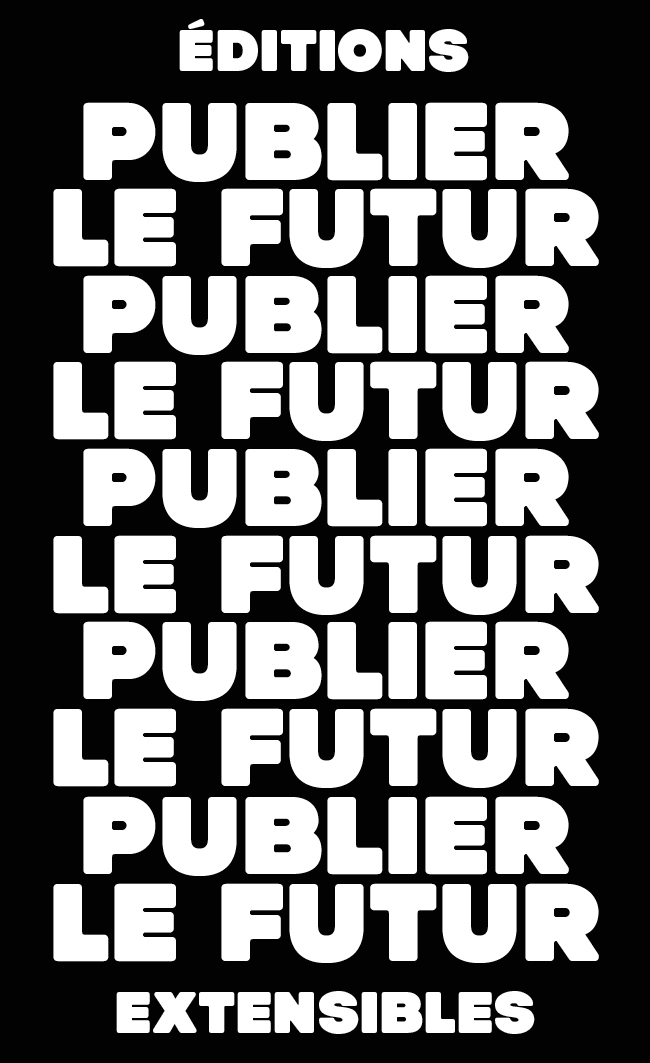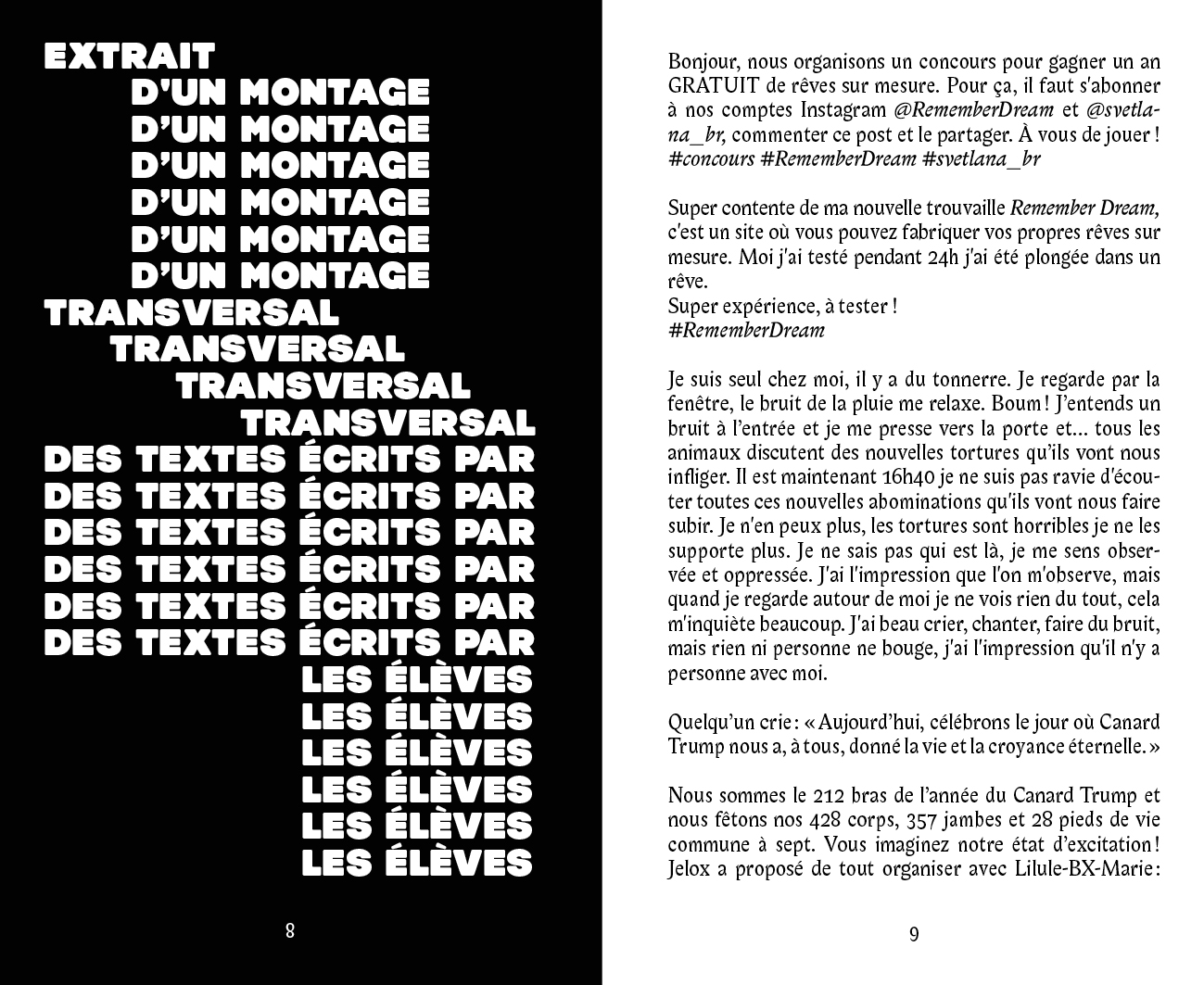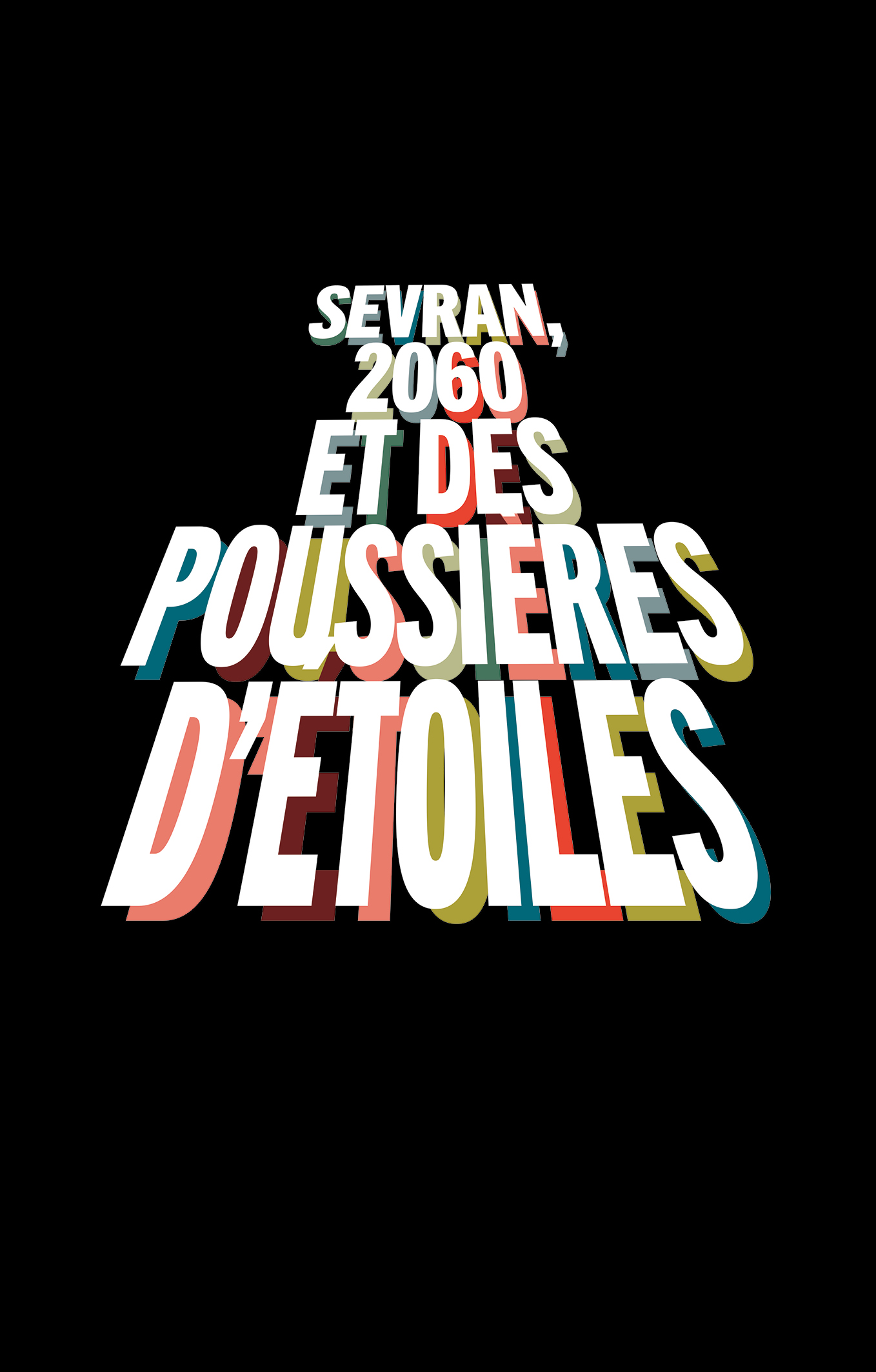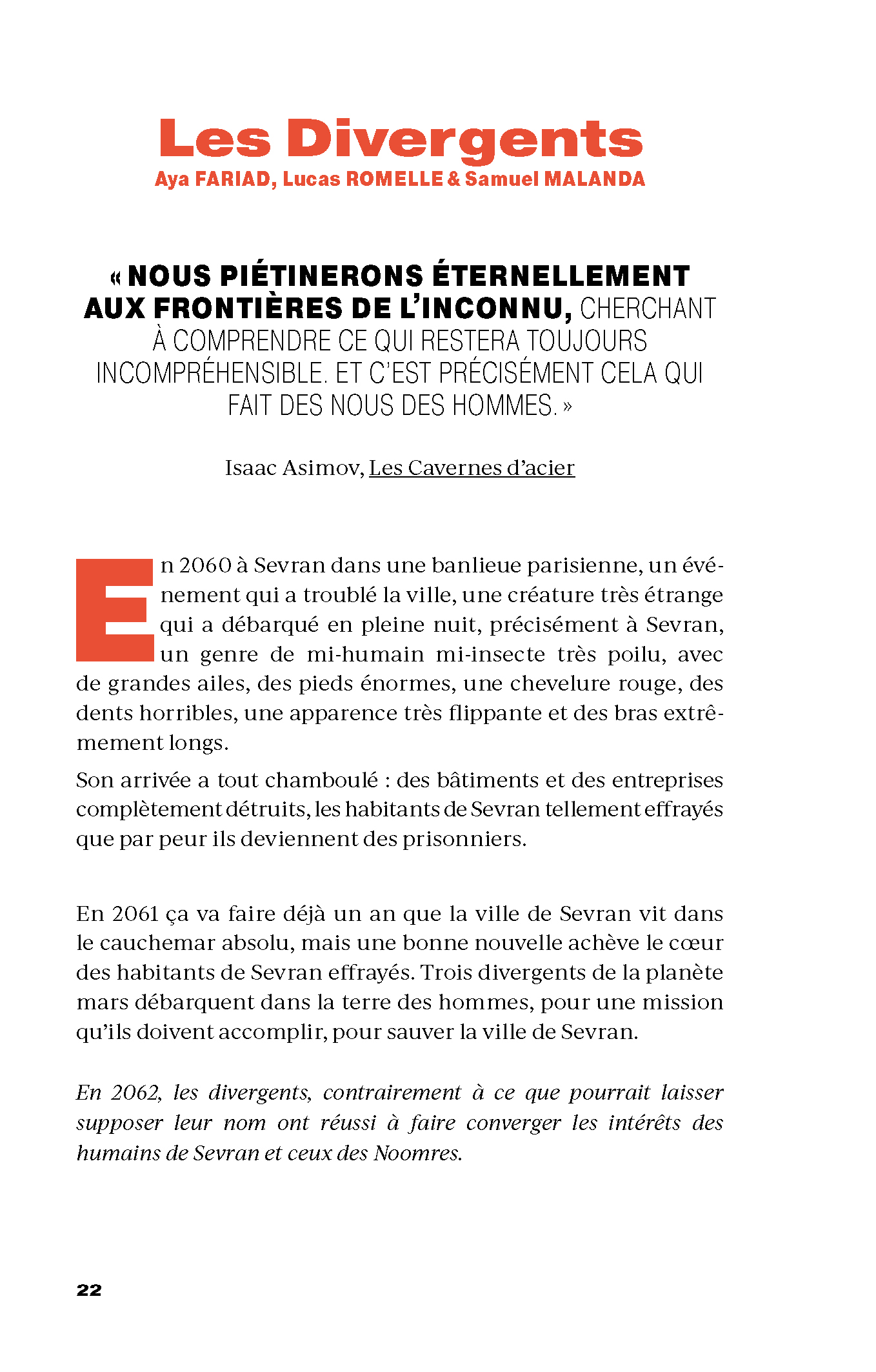- 2025
- 2024
- 2023
- 2022
- 2021
- The Forest System
- 2020
- A place to read
- Counterfactual
- Deep Sleep
- Fixing Sounds
- Ghost Populations
- Grey Matter
- Humanities
- Impôts.gouv
- My Precious One
- OK computer
- One for all
- Perfect Match
- Personal Borders
- Trial by fire
- Unconscious
- 2019
- Anonymous
- Daily science
- Houston 69
- Image and text
- La santé autrement
- Parts and labour
- Playing with fire
- Plu-present
- The art factory
- The legend factory
- The nuclear effect
- Unique every time
- Vertical
- What exactly is happiness?
- striking a chord
- 2018
- Animal images
- Connections
- Current affairs
- Extra space
- Les courts circuits
- Metamorphoses
- Off ground
- Playing with fire
- The Earth quakes
- The life of rays
- The ocean phenomenon
- The scope of cinema
- The struggle continues
- Top model
- Traces
- What is peace?
- 2017
- All about the climate
- Artistic territory
- Cars
- In all probability
- Inner journey
- Letter to a friend
- Planetarium
- Plants and us
- Polyptics
- Poster child
- Propagation of monotony
- Rocks unlimited
- Tour operator
- We, the presidents
- Youth culture
- 2016
- 3D universe
- Art curator
- Bioethics
- Colours
- Community radio
- Different books - digital design
- Different books - paper design
- Hands on
- Images - Mémoires
- In all probability
- Landscapes
- Meteors
- Microscopic
- Mirages
- Pantone Food
- The great outdoors
- The idiots' guide to teenagers
- The night
- There were several of them
- Under the surface
- 2015
- Books otherwise
- By prescription
- Denim
- Feet on the ground
- Intermediate schools in France
- Meteorologists
- Occupation: inventor
- Outdoors
- Sweet treats
- The art of love
- The climate in fiction
- To be completed
- Universal light
- Urban life
- What is today?
- Words and music
- 2014
- Are you modern?
- Aroma research
- Calculating sound
- Digital dreams
- Female landscape
- Hung up
- Infinite at top speed
- Les Grandes Tables
- Life in the laboratory
- Listening to the sacred
- Short trips into the working world
- The age of the earth
- Use and reuse
- Water
- Words and music
- Words and things
- 2013
- Aroma research
- As if by chance
- Behind the screen
- By what right?
- In praise of mixity
- Infinity at top speed
- Listening to the sacred
- Looking at animals
- Mass markets
- Memory
- On promotion
- Once upon a time: Art
- Segami
- Sensitive boundary
- Short trips into the working world
- The French factory
- Truth in sport
- 2012
- A simple movement
- Animalia
- Archigram
- Babel
- By what right ?
- Dinner's served!
- Experience of the world
- Found objects
- Money
- Once upon a time: Art
- Perceptible split
- Phenomena
- Serious games
- Television
- Warmly dressed
- 2011
- Animalia
- Balance of power
- Breathless
- Chemistry year
- Cities and architectures
- Eurêka
- Experience of the world
- Food
- Found objects
- Homepage
- Once upon a time
- Public life
- Television
- Under constraint
- Video games
- Vostok
- What to wear
- 2010
- Chimie en cuisine
- Eurêka
- Evolution
- Jeux vidéo
- La bioéthique
- La richesse - philosophie
- La richesse - sociologie
- Les adolescents - photographie
- Les adolescents - sociologie
- Objets trouvés
- Quel grand Paris?
- Rapprochement des cultures
- Sous contraintes
- Télévision
- Village global
Humanities
Since 2009, the Seine-Saint-Denis County Council has been backing “la Culture et l’Art au Collège (CAC)”. This project is based to a large extent on the presence in class for several weeks (40 hours) of an artist or scientist whose mission is to engage the students in a process of research and creation.
Contributors:
writers
Project Manager:
Mathieu Marion
Objectives:
Isaac Asimov, whose “Foundation” series was voted “the best science-fiction book of all time”, would have been 100 years old in 2020. In the series, the writer does not just imagine the future of humanity, he describes several possible futures. The students are asked to draw their inspiration from this tactic and to extend the speculative approach: what potential futures do the students have in store for us?
Workshops:
Elsewheres and afters
Using extracts from “Foundation” chosen by the contributor, the group enters into a fictional universe and picks apart the main “Asimovian” themes. There are no extra-terrestrials here, but instead a re-transcription in the future of the social patterns we already know: the fall of empires, control of the social entity, science’s capacity to influence the future, etc. This introduction to the subject will launch the group’s initial speculations and enable the students to imagine elsewheres and afters, and to choose from among the main themes to develop their own stories.
Reality fiction
With the writer, the students begin by answering three questions: where are we? Who inhabits this place? How do they live? In order to accumulate information about each of the three situations, various literary exercises are proposed (accounts, portraits, descriptions, poetry). To define this future and set down how it works and its geography, the students gather material, imagine, challenge reality and the present, read, edit, pick apart, draw inspiration, submit and subject… Once they have pooled this material, the resulting collage forms the flesh of potential futures and the initial structure emerges of the story that the class wishes to tell.
Closure
The contributor and students divide their story into several sections that are then shared out amongst groups of students. Each group has one moment in the story to develop. Each group has to polish the writing of its situation and refine the characters and their relationships without losing sight of the fact that the story must describe society’s eventual evolutions. The groups take it in turn to read their developments to the rest of the class to check that the directions taken by each fit in with the story as a whole.
Participating Schools:
- Paul Painlevé, Sevran
- Françoise Dolto, Villepinte
- Pablo Neruda, Aulnay sous boiS
Photos: DAMIEN DELDICQUE, JÉRÔME AUBRY & ALEXANDRE SCHUBNEL, LABORATOIRE DE GÉOLOGIE DE L’ENS PARIS.



